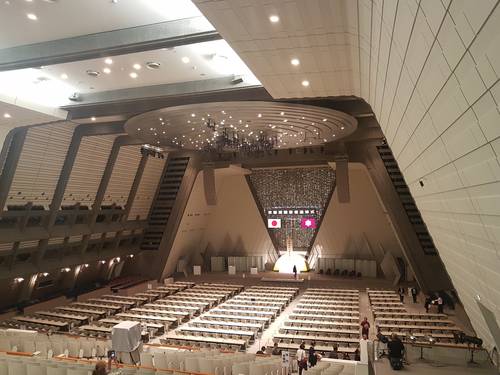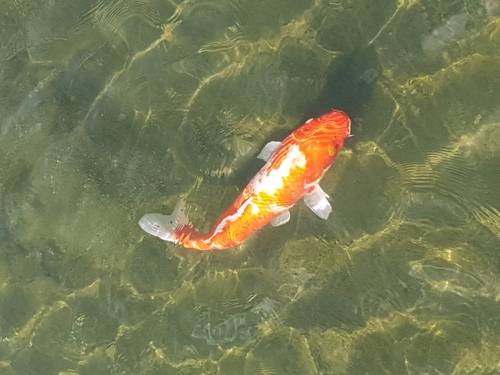Meeting 2019
The 2019 annual meeting of CIMCIM will be held in Kyoto between the 1st and 7th September 2019 as part of the General Conference of the International Council of Museums. The joint meeting, which happens once every three years, attracts over 3,000 museum professionals from all over the world. It includes the usual CIMCIM paper sessions, but expands the format of our annual conferences with a series of keynote speeches and general sessions organised by ICOM, spectacular social events and occasions to meet and liaise with colleagues belonging to other International Committees of ICOM.
The theme of the general conference will be ‘Museums and Cultural Hubs: the Future of Tradition’ and, as usual, International Committees will interpret it adapting it to the most relevant matters in their field. A call for papers will be issued by CIMCIM before the end of October, with a deadline for abstract submissions in early January.
Apart from four CIMCIM paper sessions, the programme will include one half-day joint session with CIDOC (International Committee for Documentation) and an away-day organised with ICME (International Committee of Museums of Ethnology) hosted by Minpaku, the National Museum of Ethnology situated in Osaka, which holds one of the richest musical instrument collections in the country (http://www.minpaku.ac.jp/english/). The day will include keynote papers, a joint panel discussion and visits to the museum’s storages and conservation workshops.
Early bird subscriptions will open in November and fees can be found on the conference website http://icom-kyoto-2019.org. Moreover, this year the travel grants offered by both CIMCIM and ICOM will be substantially increased and several calls will be announced on this website and through CIMCIM’s mailing list (cimcim-l) and Facebook page (https://goo.gl/rTaW7e) in the next months.
The welcome ceremony and paper sessions will be held at the Kyoto International Conference Centre (http://www.icckyoto.or.jp/en/), an impressive venue designed to reflect traditional Japanese architecture, built in the 1960s and expanded over the following decades to include fully equipped conference rooms of up to 2,000 seats, break-out spaces for meetings and networking and a Japanese garden with bonsai trees, a carp and turtle pond and swans. The conference venue is easily reachable via underground in 20 minutes from Kyoto’s railway station.
The programme also includes an excursion day on Friday 6th September, where CIMCIM members will have the possibility to travel north to Hamamatsu, via Shinkansen (one of the fastest long-journey trains in the world) to visit the Hamamatsu Museum of Music and the Yamaha factory. The day will be hosted by CIMCIM Member Kazuhiko Shima who is also the local contact for the whole organisation of our sessions and activities.
Kazuhiko has been active for a long time in advocating for the preservation of Japanese traditions in musical instrument making, which are threatened with disappearance because of scarcity of necessary materials and westernisation of taste: he is now organising a visit to a traditional silk-string maker and liaising with other makers still active in Kyoto to add yet another bonus to what promises to be another unforgettable conference.
At the beginning of October this year, as is customary with ICOM General Conferences, the local organisers have hosted a two-day site visit and presentation of the programme, which I have attended together with ICOM President Suay Aksoy, Director General Peter Keller and the Chairs of 18 other International Committees. It was my first visit to Japan and therefore my chance to check how easily one could travel, communicate, move independently around Kyoto. The experience has been flawless and much easier than I expected: frequent and fast trains connect Kansai airport T2 in Osaka (Kyoto does not have its own an airport) and the Kyoto railway station taking about 90 minutes. Almost all signs, including tube and bus station names, are written in both Japanese and Western characters and the grid-plan of Kyoto road system makes it easy to navigate on foot as well as public transport. Most people make a strong effort to communicate in English and a general sense of kindness makes up for the occasional difficulty in communication. The stunning richness in monuments, temples, traditional buildings and museums, the variety of restaurants and food markets all make for a memorable experience (aside, of course, from the excellent papers that will be presented at the conference). Moreover, a strong resurgence of pride in Japanese traditions and ways of life mean that the streets are crowded by people in kimono and traditional clothes, roads are lined with lit paper lanterns at night in a way that I would only have expected to survive in films.
Do get in touch if you have any questions about the conference, and otherwise I hope to see many CIMCIM friends and colleagues in Kyoto next year.


